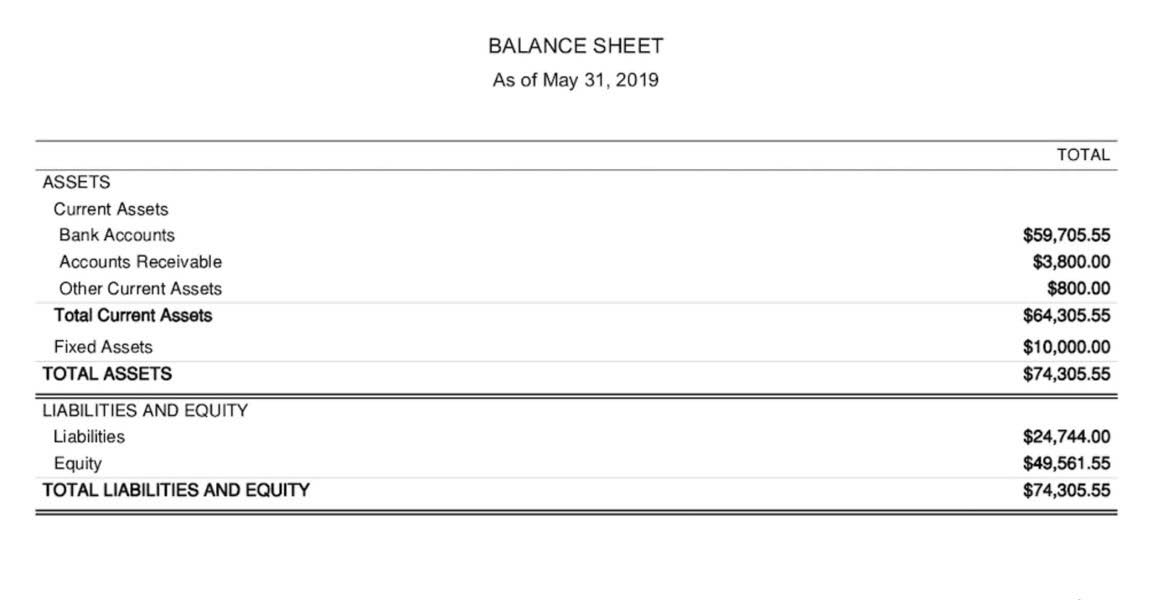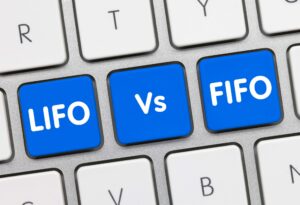Bookkeeping
What Is the Equity Multiplier? Definition, Formula, and Examples

In essence, the equity multiplier ratio is an indicator revealing how much a company has purchased its total assets through stockholder’s equity. Verizon’s much lower proportionate shareholder equity value indicates that the business relies more heavily on financing from debt and other interest-bearing liabilities. The company’s telecommunications business model is more reminiscent of utilities firms, which the equity multiplier is equal to have stable, predictable cash flows and typically carry high debt levels. It is essential to determine if a company relies on debt to finance its assets or if it utilizes shareholders’ equity. It is common to find companies on both sides of the chart, though most believe a lower-leveraged company to be a better option. Both the debt ratio and equity multiplier are used to measure a company’s level of debt.

It basically tells them that the company has more of its own money deployed in acquiring assets, rather than taking out loans to do so. However, there is bound to be a certain debt component; when that happens, the equity multiplier ratio rises up. Avid investors keep a keen track on the key performance indicators of a company which help them in decision-making. The DuPont Analysis tells investors how well a firm is doing with respect to its Return on Equity.
Equity Multiplier: Definition, Formula & Calculation
DuPont can therefore calculate the impact on the company’s net income (ROE) based on variations to the equity multiplier. However, an investor may also deduce that the company may have difficulty raising debt which can be caused by poor credit or other factors preventing the company from taking on debt financing. This is positive news as the company’s debt servicing costs may be lower and the company will not need to have a minimum profitability to be able to meet its debt payments. They can sometimes be volatile to nonrecurring events or a company’s ability to secure large amounts of assets at a very good cost. However, this high value might reduce a company’s ability to secure future funding and loans. This is because Honda is believed to already have large debts and high debt service charges.
On the other hand, Apple has a more manageable asset financing structure. This makes Apple more appealing to creditors for additional future loans. Apple’s minimal debt asset financing structure is more attractive to creditors who will be willing to provide further debt and loans.
Additional Resources: Further Your Financial Savvy
Austin has been working with Ernst & Young for over four years, starting as a senior consultant before being promoted to a manager. At EY, he focuses on strategy, process and operations improvement, and business transformation consulting services focused on health provider, payer, and public health organizations. Austin specializes in the health industry but supports clients across multiple industries.





